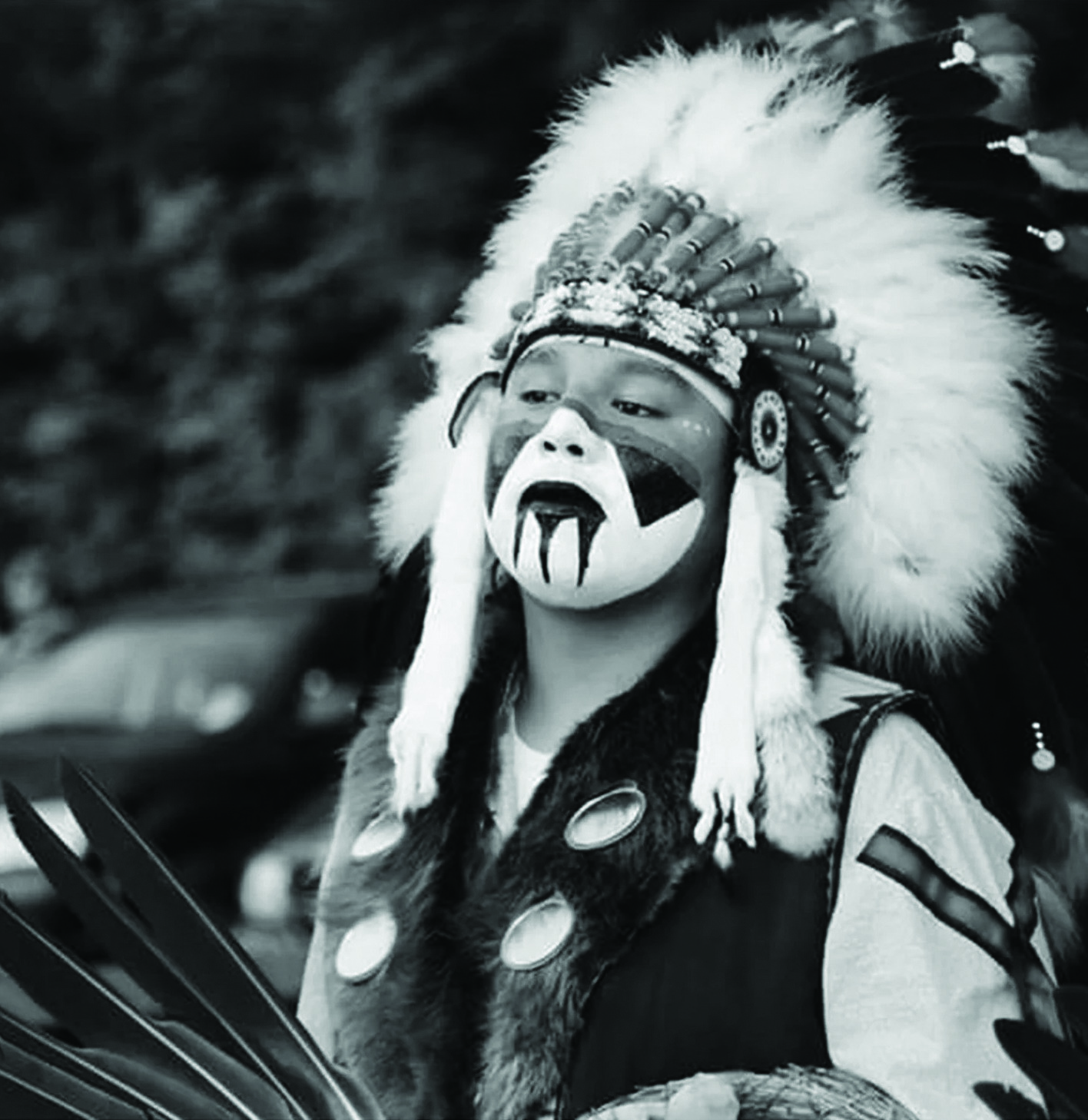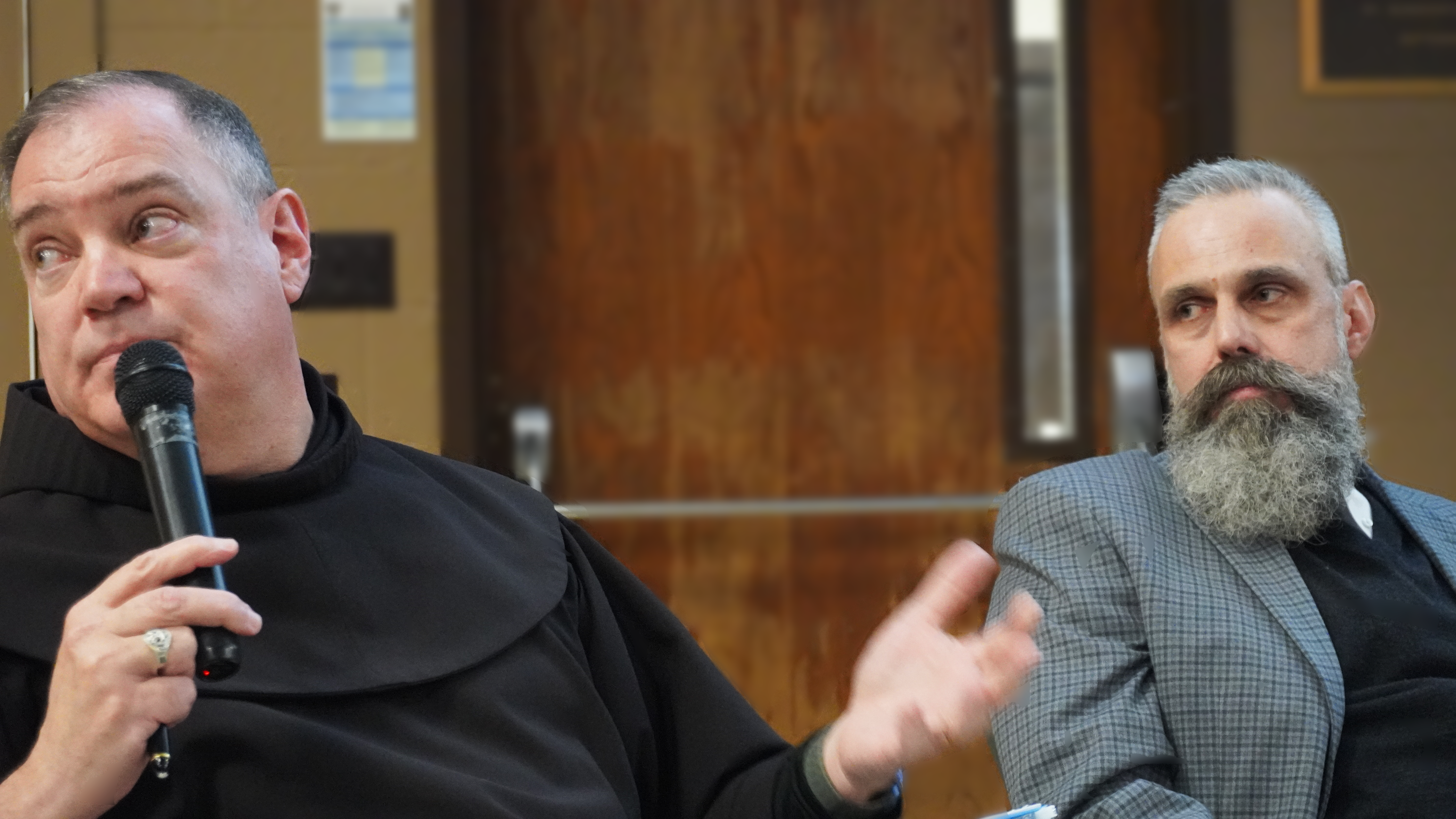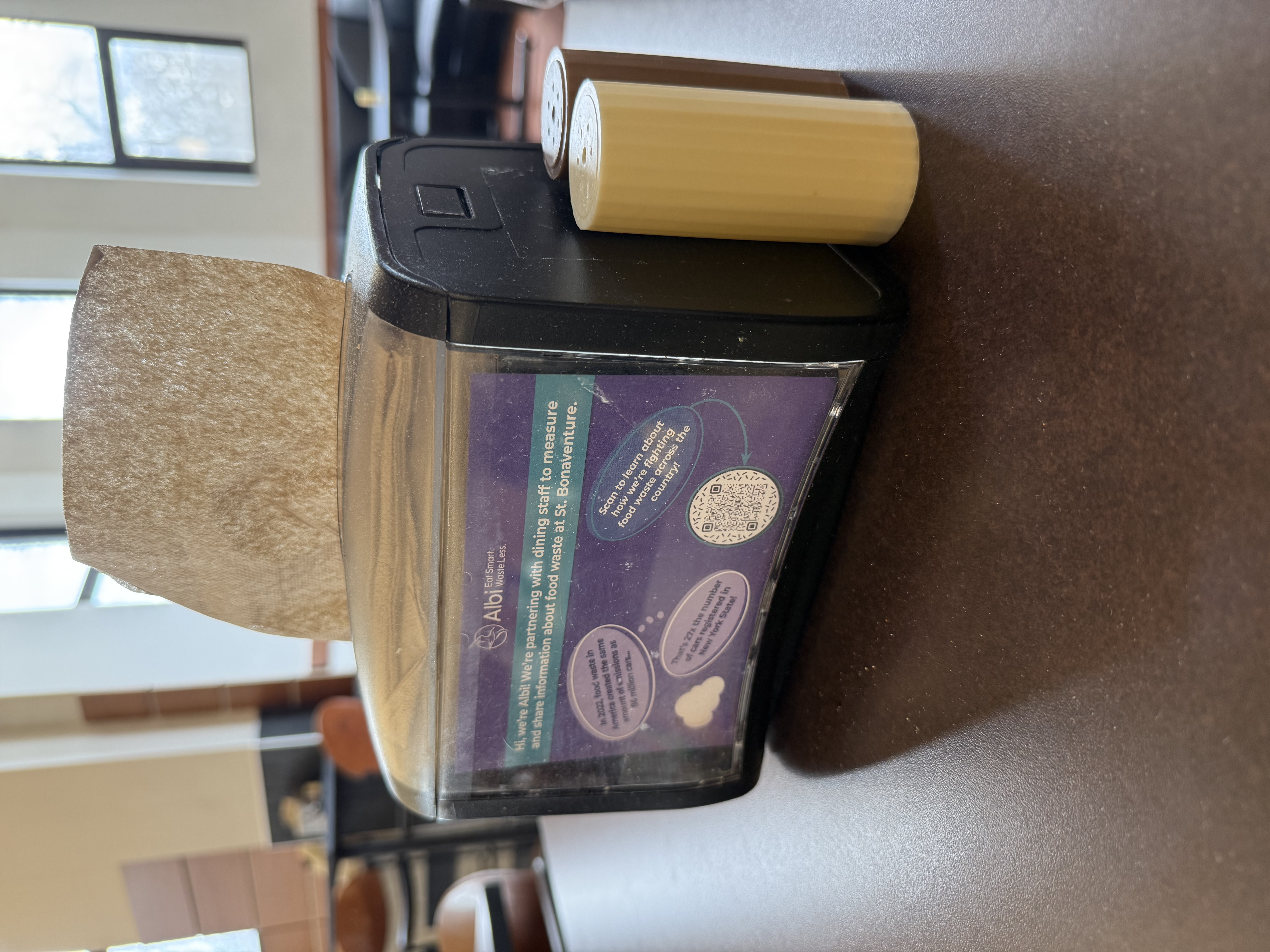A promotional photo for “Pow-Wow Dance Show,” an event held earlier in the year focusing on the culture of the Seneca
Photo courtesy of St. Bonaventure University
BY: DAVID SCIBILIA, NEWS EDITOR
“I’m sure some people don’t want to hear it, but St. Bonaventure University actually is located on the lands that used to belong to the Seneca,” Oleg Bychkov, a professor of theology and the director of the Native American and Indigenous Studies [NAIS] program, said.
Recently, the university received a $147,000 grant from the National Endowment for the Humanities to help increase education about the Seneca Nation on campus.
About 17 miles to the west of Bonaventure lies the city of Salamanca, located within the Seneca Nation reservation. Despite the proximity to one another, the Seneca Nation and the university have not always had a relationship.
“Although [the university] is so close to the Seneca Nation, they haven’t had a real relationship until recently,” Bychkov said. “The two have been pretty separate until about maybe four or five years ago.”
Bychkov comments on the importance of learning the Seneca language and how that bolstered the relationship between the two entities.
“If you make an effort to study the culture in such detail, it shows to the Indigenous people that we really care about them,” Bychkov said.
Sara Droney, the Seneca language teacher at Bonaventure agrees with Bychkov.
“I feel so grateful that there is interest in learning the Seneca language [on campus],” Droney said. “It is not always easy to learn, but it is the easiest way to begin to understand [Seneca] culture. I try to incorporate cultural lessons, but also to teach language that will be relevant to my student’s lives.”
Despite the lack of a deep-seated relationship between the university and the Seneca Nation, this grant was awarded to Bonaventure due to recent efforts to teach about Seneca culture on campus.
“This grant basically means that Bonaventure gained national recognition for its effort to establish a connection with a local Indigenous group,” Bychkov said. “We have had some workshops and meetings with the Seneca for the past three or four years, and we created a minor in [NAIS] which has been available to students for the past three semesters.”
But to secure this grant, Bychkov mentions the importance of the Seneca Nations’ actions.
“We had a letter written by Rick Armstrong, who was the treasurer at the time, but now he’s been elected the president [of the Seneca Nation], along with letters from other members of the nation,” Bychkov said. “The fact that the Indigenous community actually supports and is strongly behind us were the two main reasons we were awarded the grant.”
The university had received grants for Seneca nation education on campus, but nothing close to the $147,000 awarded.
“Previously, we were relying on about $5,000 grants, which is great, but you can’t do too much with it,” Bychkov said. “Now, we can invite multiple experts and pay them for their time. Some of them would do it for free, but by paying everybody it shows we’re serious about the cause.”
In addition to this, part of the grant money will be used to have more workshops and Seneca-centric events on campus.
“Seneca cultural heritage provides us with a great opportunity to view our world through a different perspective, widening our viewpoints, and allowing us to share and celebrate each other for who we are,” Justin Schapp, a deer clan citizen of the Seneca Nation and adjunct instructor in the NAIS program said. “When Bonaventure brings in Seneca or Indigenous thoughts, music, shows, dancing, presentations, styles, and food, we all get to feel a little bit closer to a culture that has been here since time immemorial.”
In the grant proposal, there is a more detailed outline of workshops and events which are hoping to be brought to campus in the near future.
“Each fall, [Bonaventure] will invite a member of the Seneca Nation to present a public guest lecture. In Fall 2023, Gerri Jayne Jimerson, a GIS analyst with the Seneca Nation of Indians, will discuss how to use GIS and other technologies to examine Indigenous land use and rights and dispel the common misconception that Indigenous governance does not use technology to guide decision-making,” the proposal said.
In addition to this, the general education classes SBU-101 and SBU-102 will be reworked to include education on the Seneca Nation.
“The idea is that Indigenous studies will be part of a course that every student at Bonaventure has to take,” Bychkov said. “If everybody is exposed to that, hopefully, everyone will understand the community around them more.”
Schapp also discusses the importance of infusing classes at Bonaventure with Seneca history.
“Connection is important at Bonaventure,” Schapp said. “This is why [the university] developed the Native American and Indigenous Studies minor program.”
Despite how close the university is to the reservation, Bychkov identifies a striking lack of Indigenous students on campus.
“One of our concerns was [the lack of] Seneca students on campus,” Bychkov said. “My opinion is if we develop this connection, and there will be some courses running to support Indigenous studies, there will be more Native students coming to campus and contributing to the community, therefore, creating a functioning relationship with the nation.”
Droney looks towards the future, hoping this grant is just the start of including more Seneca education.
“I often think about what type of world I want for my children, and I want them to use this language proudly, in and outside of the home,” Droney said. “This means that we need more speakers, more understanding, and we need to share what we can. I want to share and pass on the language and knowledge I feel lucky to have learned from my teachers.”
Schapp sees this grant as a stepping stone to a stronger connection.
“This grant is a small step in continuing our efforts to build stronger connections with the Seneca Nation and with Indigenous Peoples,” Schapp said. “It embodies St. Bonaventure’s mission to ensure dignity and inclusiveness of others in our community, and look to serve others with kindness.”
Scibild22@bonaventure.edu








